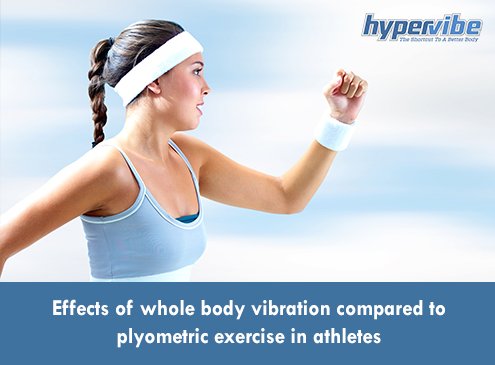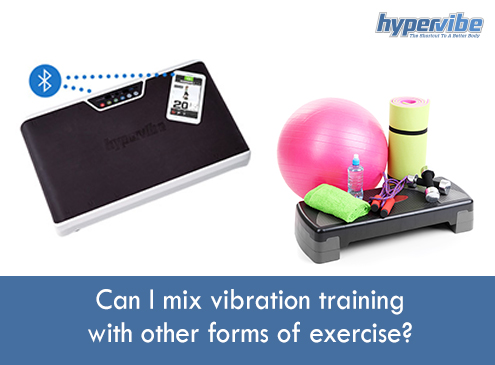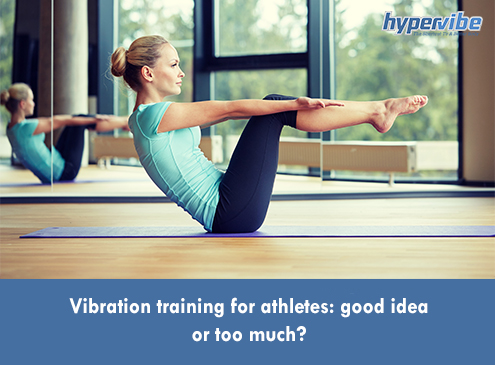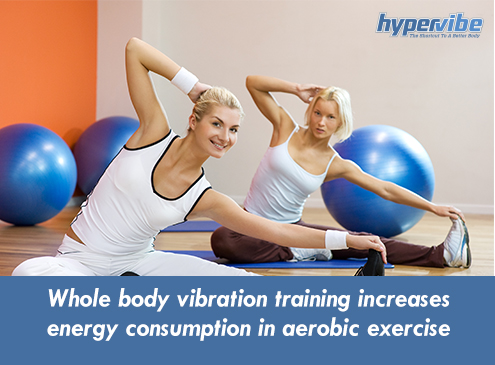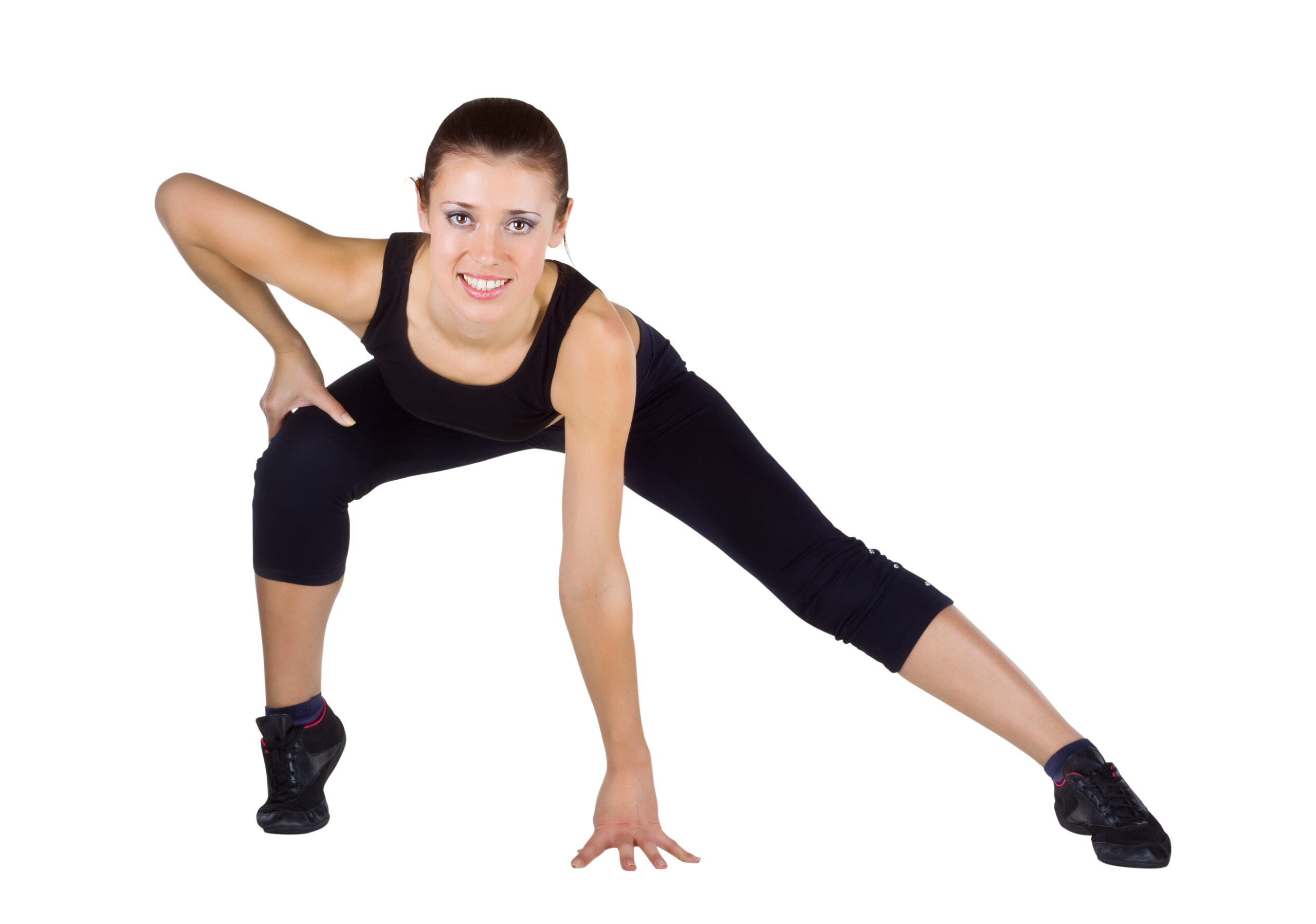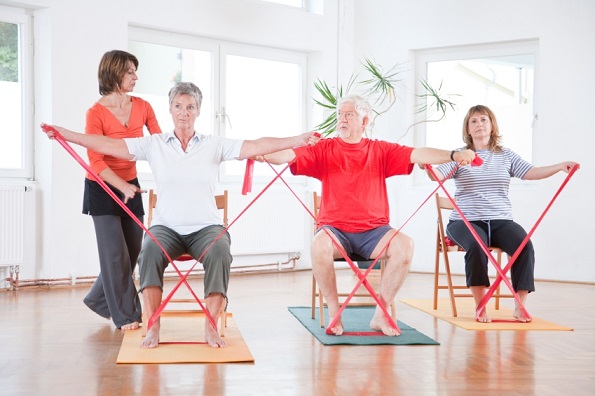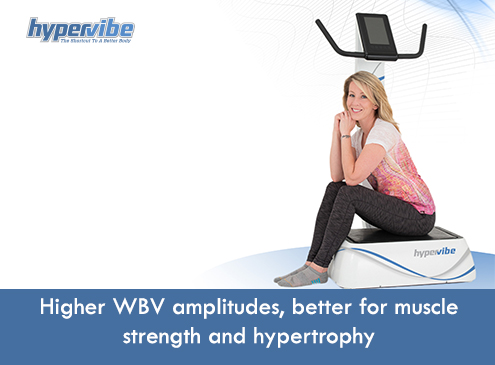WBV vs. Plyometric Exercise: Effects in Athletes
Plyometric exercises are based on movements like jumping, squatting, hopping on one or both legs, stretching, kicking, pushing or pulling your body to contract and stretch the muscles in a fast and dynamic manner. This training style was first called jump training, and it’s defined by explosive movements that are intense and can share your body while burning a huge amount of calories.
Plyometric workouts can involve additional tools like benches, boxes, light weights, elastic bands and exercise mats, or you can use just your body weight and gravity. Being very intense, these exercises shouldn’t be done every day, especially if your fitness level isn’t that good; it’s better to do plyo training one day and then relax your muscles and give them a break by sticking to something that’s less demanding for one day.
Fun and different than conventional strength training or aerobic workouts, plyometric exercises are excellent for improving your power and strength, balance, agility, range of motion and muscle tone. The moves are quick and explosive, so you’ll also burn a lot of calories; for this reason, it’s recommended that plyo sessions last for up to 40 minutes, and are supported by proper nutrition, hydration and rest.
Plyometrics don’t target specific areas, but they will shape your legs, glutes and calves, and if your purpose is to sculpt your entire body and reduce your body fat percentage, you should mix them with body weight exercises for your arms, chest, shoulders and back, to get a full-body workout.
Plyometric vs. whole body vibration exercises in athletes
Plyometric exercises are excellent for athletes, but they can be time consuming and tiring, so one may want to alternate this form of training with other workouts. Researchers from Korea wanted to see whether WBV can be a good alternative to plyo, so they investigated the effects of whole body vibration versus plyometric exercises in female volleyball players.
The participants were randomly assigned to a whole body vibration or plyo exercise group, and performed three training sessions per week, for 8 weeks. The researchers measured the isokinetic muscular strength, balance and jumping performance before and after the 8 weeks of exercise. Results showed significant improvements in muscle strength in the WBV group, but no significant changes in the plyo group.
On the other hand, the plyometric group showed higher improvements in vertical jumping than the WBV group, and for balance, the vibration training group showed more significant increase. The scientists concluded that both methods can be used for improving these parameters in volleyball players, as they have different effects on the body.
Have something to add to this article? Comment below or join our Facebook community and share your thoughts with us.
